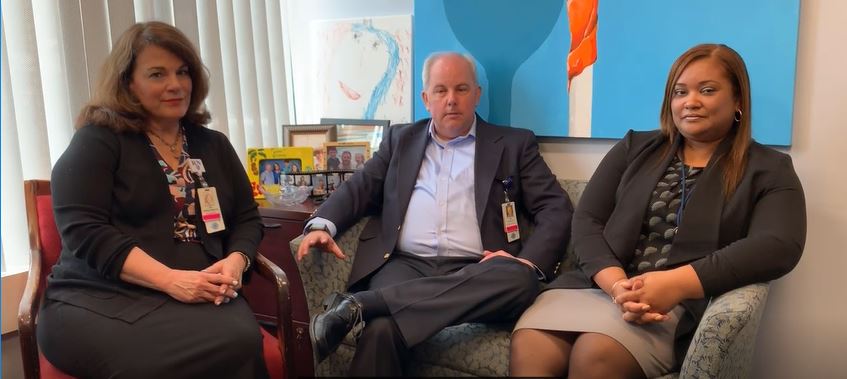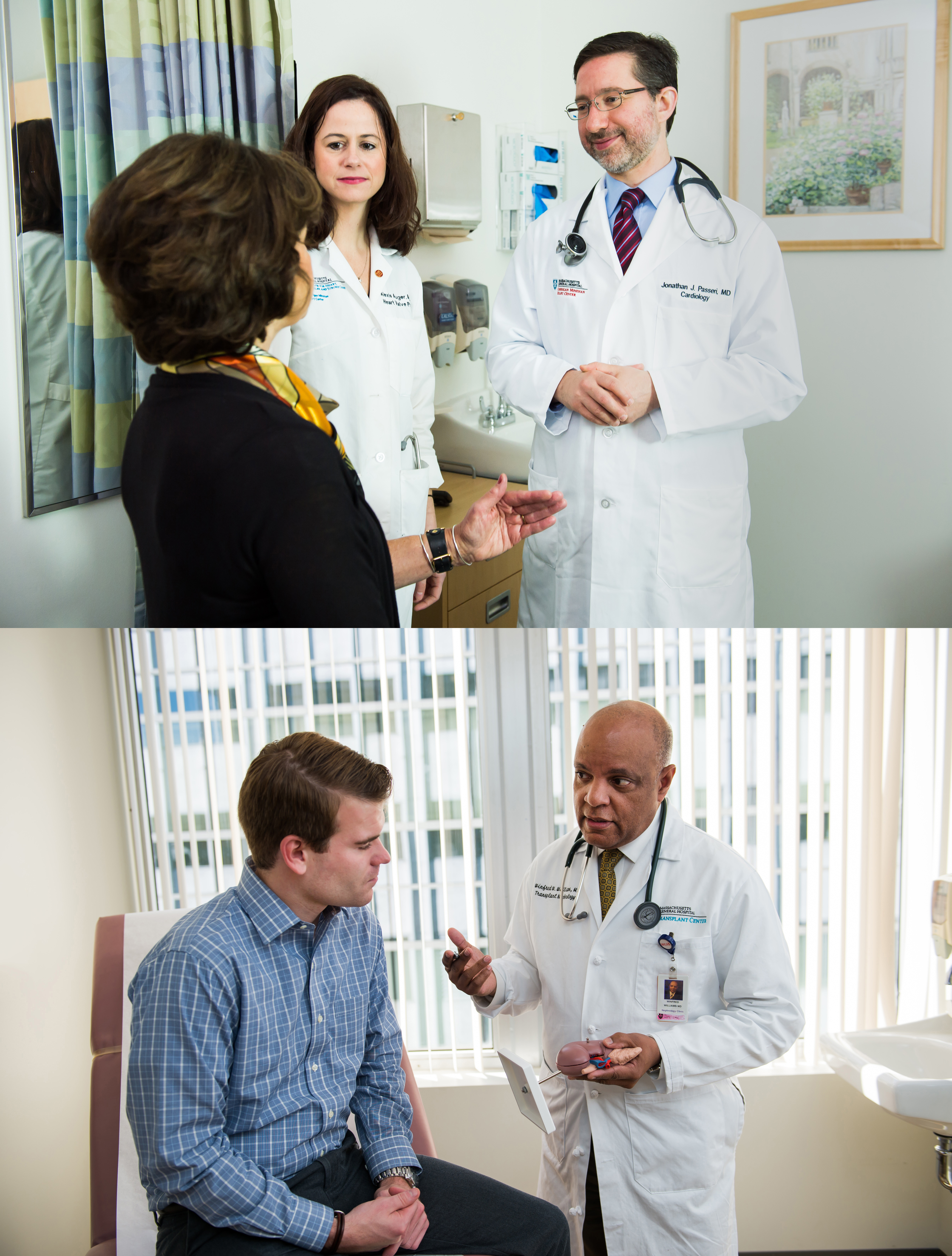Transforming ambulatory care aims to make access to care effortless for all: patients and families, clinicians and care teams, referring clinicians, and administrative teams. Work to date includes:
The blueprint covers the ambulatory landscape and outlines best practices: visit analytics, front desk procedures, In Basket communications, the patient experience, and more. It includes:
Click here to learn more.
Advanced Practice providers (APPs) include nurse practitioners (NPs), physician assistants (PAs), nurse anesthetists, and certified nurse midwives. A fast-growing group of clinicians, approximately 1,000 APPs are partners in providing increased access to care across all inpatient and outpatient practices at Mass General and its satellites.

As seen in the Ambulatory Access – Direct Scheduling Education video, administrative leaders at Back Bay discuss the benefits of implementing direct scheduling into their practice.
Patients expect to have digital access to practices in the same way they can request an Uber or schedule other appointments. Deploying direct scheduling — allowing established patients to schedule an appointment online — is becoming an essential part of providing good care to patients. However, many physicians have concerns about this work.
CONCERN: Patients will book online for a problem that is urgent and this is a safety risk.
MYTH: Patients are given a disclaimer, much like in phone greetings, to call 911 or go to the nearest emergency room if their condition is an emergency. When a patient books an appointment, a message is sent to support staff and the best practice is to validate the appointment in advance.
Click here to read more myths and facts about direct scheduling
For the next several terms of the MGPO Quality Incentive Program, physicians will engage in measures to help lay the ground work for increasing access to patient care. In Term 2, 2019, each physician participated in an interactive video and responded to one follow-up question in HealthStream about the benefits of direct scheduling. Click here for more information.
Ambulatory Access & Inpatient Capacity Challenges
Freeing up more ambulatory care appointments can help patients see their physician more quickly and could help avoid Emergency Department use and hospitalizations. The MGH/MGPO Ambulatory Management groups have been working with practices to understand workflow and standardize visit types in their schedules to help facilitate this work. Learn more about inpatient capacity here.

Patient experience is a core component of patient care. Establishing a diagnosis means very little if the patients cannot understand the plan or navigate the system to receive the treatment and care they need. Patient responses to the patient experience survey can help us understand what we do well and what could be improved in the way we care for patients.
Although some studies have not found a correlation between patient experience and disease outcome, others have found that better care experiences are associated with higher levels of adherence to physician recommendations and better clinical outcomes:
We survey patients using a tested and validated survey instrument called Consumer Assessment of Healthcare Physicians and Systems (CAHPS). There are several different versions of CAHPS: H-CAHPS measures inpatient experience and CG-CAHPS measures ambulatory experience. Patient experience surveys focus on how patients experienced or perceived key aspects of their care, not how satisfied they were with their care.
Patients answer questions such as how often they were able to get an urgent or routine appointment as soon as they needed and did the provider explain things, listen carefully, and show respect.
If the data is available, physicians receive an email with their patient experience scores two times a year. The numbers under “Provider %” and “Department %,” are the “top box results,” which reflect the percent of patients who chose the most positive response on the survey question. For each question, patients can choose: always, usually, sometimes, or never; “top box score” reflects the percent who chose “always.” Click here for more information on how to interpret the scores.